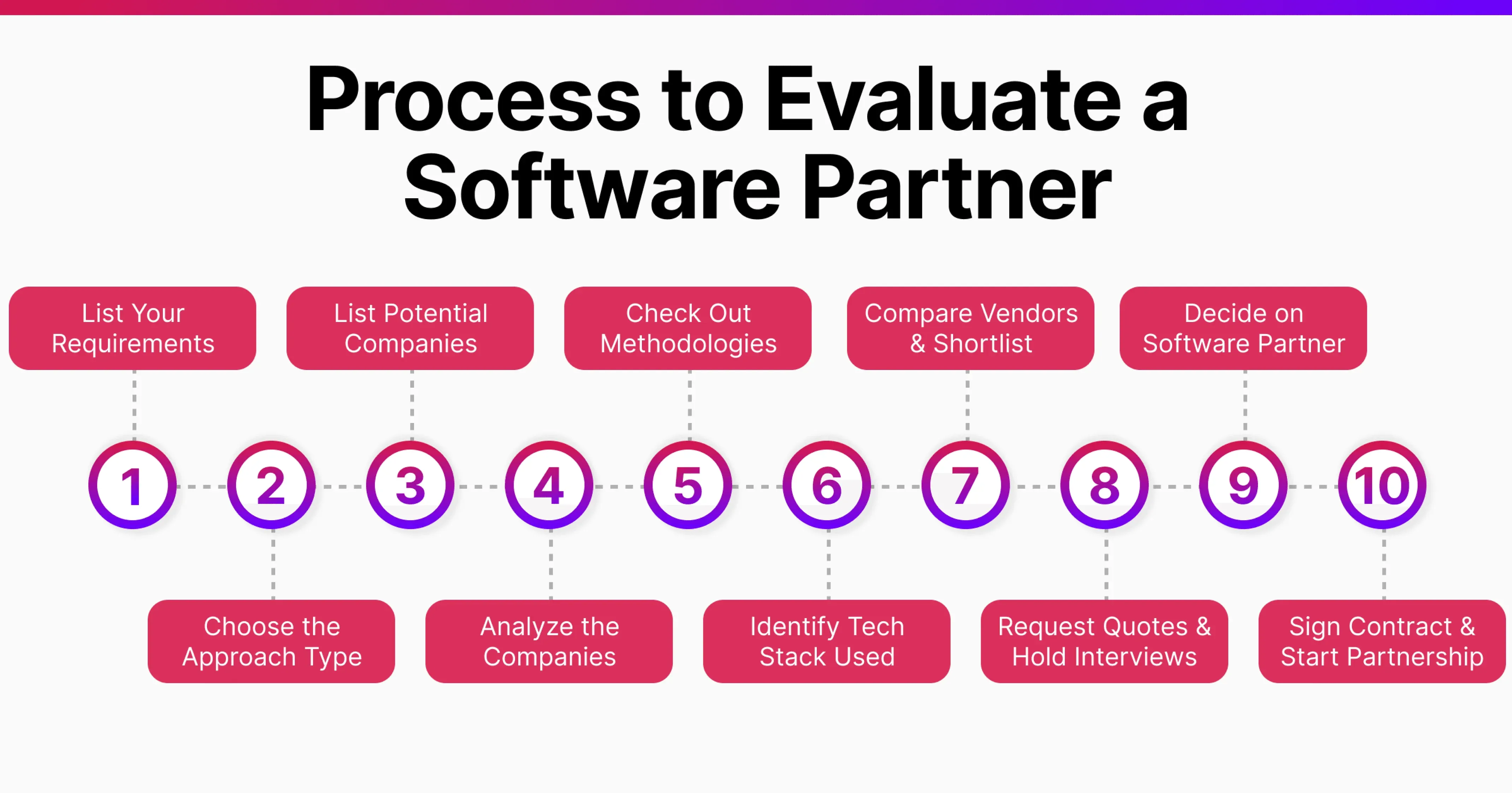1. Recognize When It’s Time to Bring in External Expertise
To build a successful partnership, you first need to understand that you require help. This help should come from an outside software development partner. Many companies start with the idea that everything can be handled in-house.
However as time passes, businesses will then realize that needing external expertise is not a sign of weakness. The fast pace of technology and growing customer demands will reveal the hidden gaps in our internal skills. This is due to the complexities of software development.
It is a strategic move to gain external resources and skills that are needed to achieve business goals. Internal teams often face challenges such as lack of knowledge, resources, and tight deadlines. In such cases, a partnership with an experienced external software development partner can provide the help needed to achieve business goals more efficiently.
Situations Where an External Partner Can Help:
- Need for Specialized Skills: You want to use new technologies like AI, blockchain, or cloud computing. However, you lack experts in your team.
- Resource Constraints: The internal team is fully occupied with core business tasks and are unable to take on other projects.
- Urgency and Scalability: You have a critical deadline or a need to scale urgently to meet market demands.
Working with a software development outsourcing partner can help you gain specialized knowledge. Your organization may not have this expertise on its own.
Advantages of External Expertise:
External partners have a broader talent pool, and more in depth knowledge in different niches such as DevOps, AI/ML, or IoT. They bring in fresh perspectives and tried-and-tested methodologies to execute projects more efficiently. External partners can act as an extension of your team. They offer flexibility to adjust resources based on project needs.
2. Define Clear Objectives and Requirements from the Start
Clearly defined objectives and requirements lay the foundation for a successful project. Without these crucial ingredients, you may risk miscommunication, scope creep, and missed deadlines. Establishing clear goals and expectations will assist your software development partner to understand your vision and align their efforts with your business needs.
Key Steps to Define Objectives:
- Identify Business Goals: What do you want the software to achieve? Examples include improving user experience, increasing sales, or automating manual processes.
- Specify Core Features: List out the must-have features and functions to guide the development process.
- Set Success Metrics: Decide on quantifiable indicators, such as conversion rates, user retention, or system uptime.
When you share this information with your partner, you set a solid foundation for the project and reduce the risk of misunderstandings.








